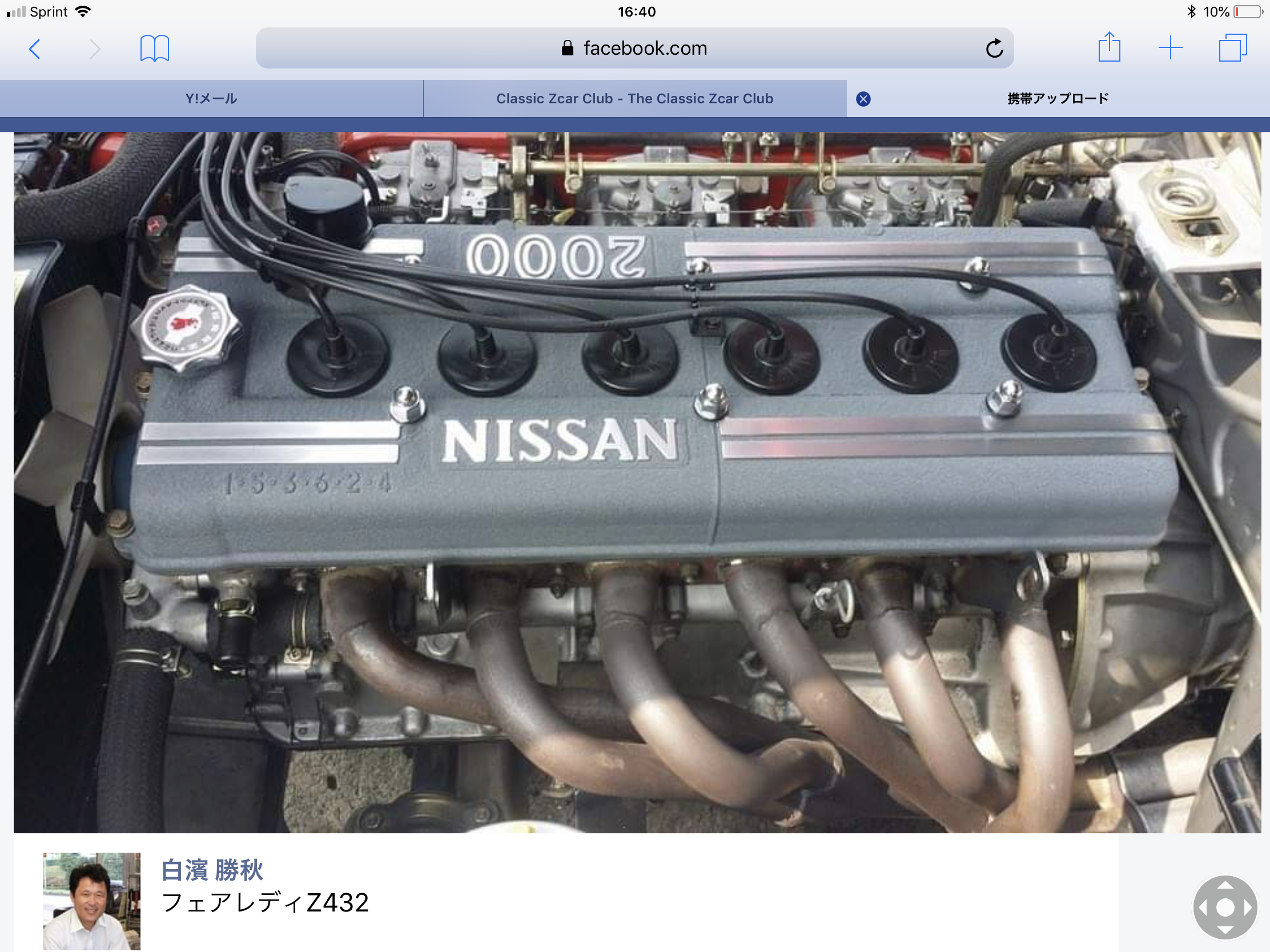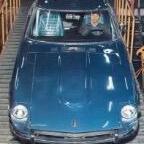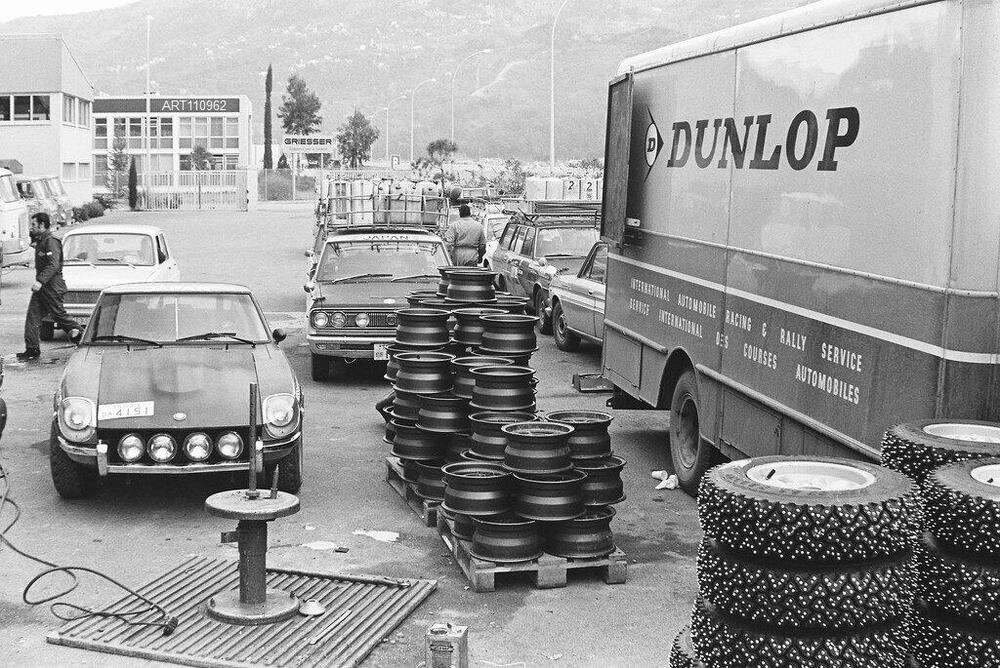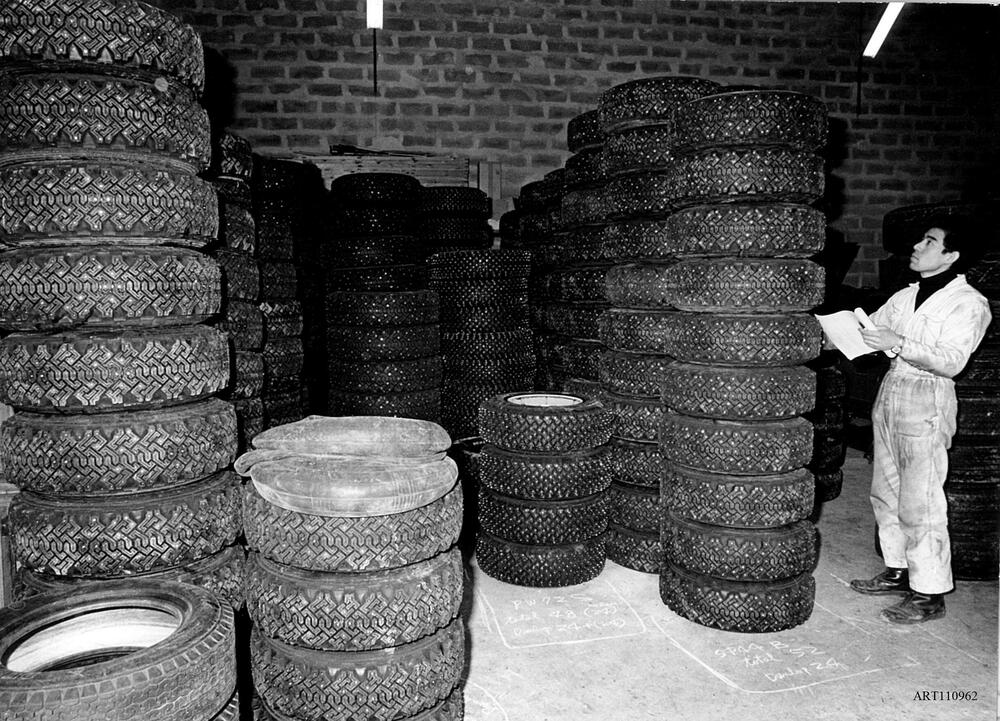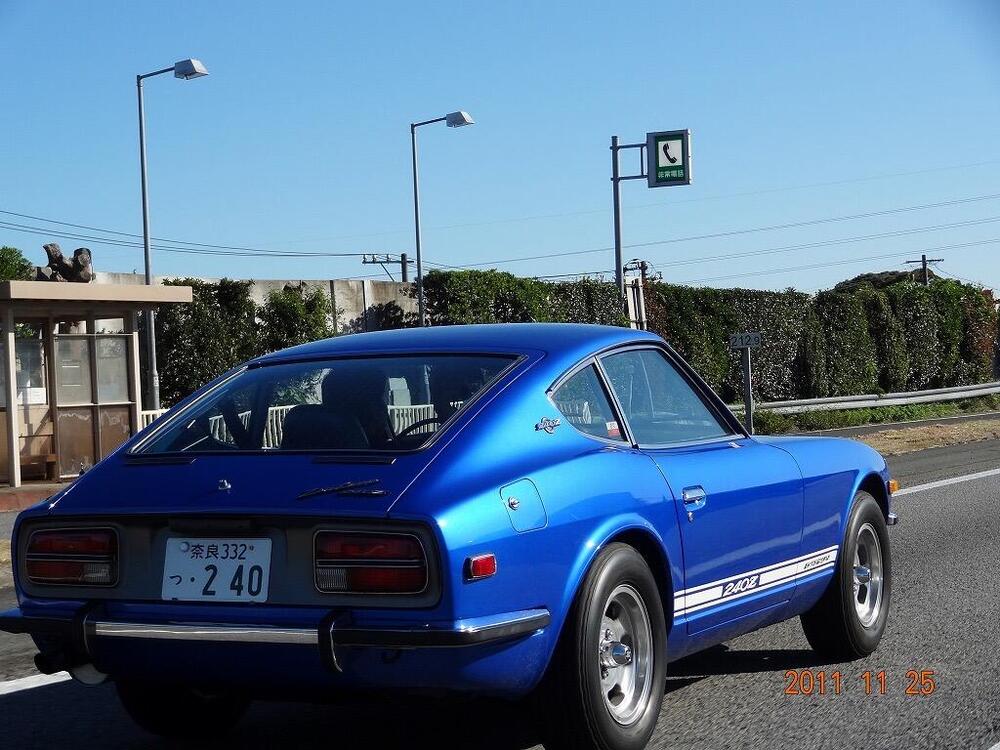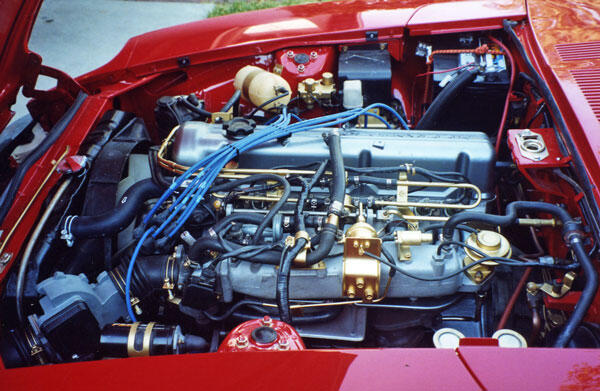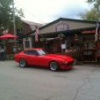That period of Japanese Dunlop radials - especially the 'SP Radial' series, which was a key branding product for Dunlop Japan on road cars - was designed to run either with and without tubes. There are some good technical articles covering them in the period Japanese specialist press (especially Auto Technic and Auto Sport magazines) and they were certainly pushing the 'Tubeless' philosophy. However, for sure the Works team were running with tubes some of the time. It probably made puncture repair turnaround faster at remote servicing.
I use tubes in my original Kobe Seikos when fitted with Dunlop CR65s, but it is the tyres themselves which let the air out! They are supposedly a Tubeless design, but I see no harm in using tubes. Old Magnesium wheels can become quite porous, so best to inspect and treat on a case-by-case basis. Generally speaking I tend to suspect the rubber is at fault rather than the wheel unless the wheel is a repeat offender.
The Japanese Dunlops had a really good reputation in period. Nissan's Works team manager said they could not have done so well on the Monte (against rear-engine, rear-drive/front-engine, front-drive cars with their inherent traction advantage) or won the Safari without the Japanese Dunlops. In fact one or two of the UK-based drivers 'acquired' several sets for their own personal use...
